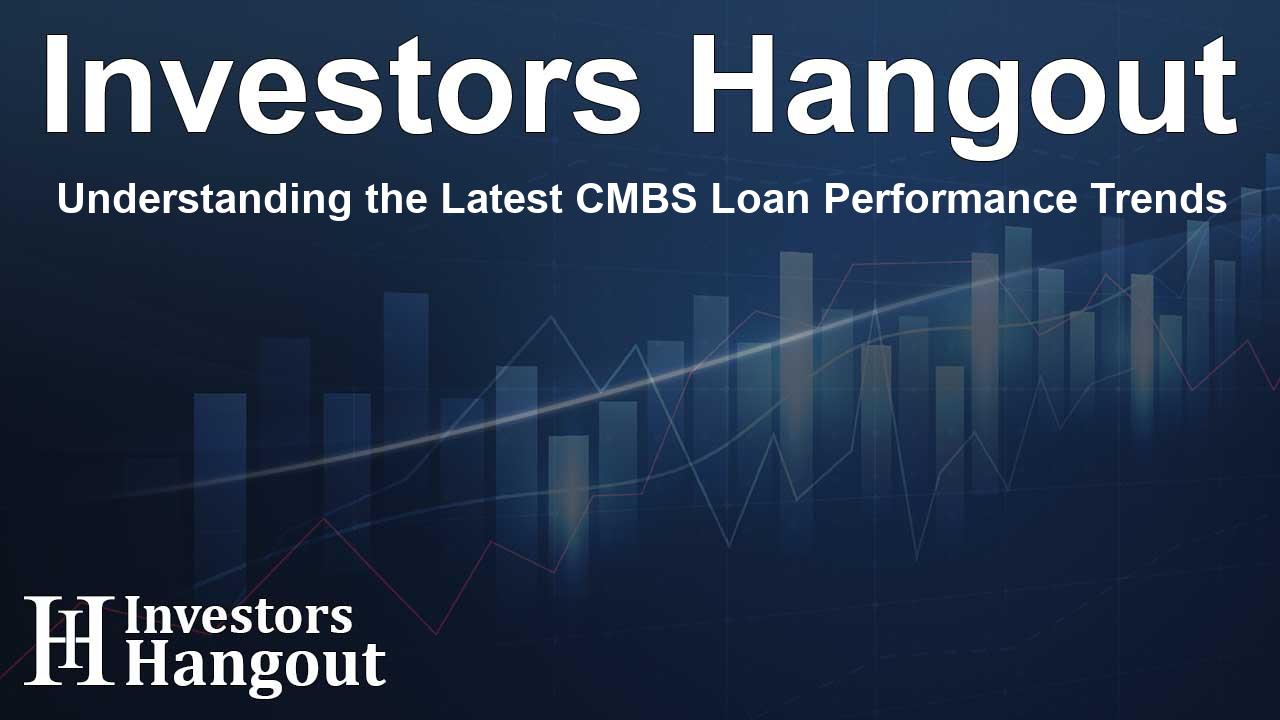Understanding the Latest CMBS Loan Performance Trends

Insights into CMBS Loan Performance Trends
KBRA has published a comprehensive report analyzing the trends observed in U.S. commercial mortgage-backed securities (CMBS) loan performance during the latest servicer reporting period. This report sheds light on the shifting dynamics within the commercial real estate market as we assess the impacts on delinquency rates and overall loan distress.
Delinquency and Distress Rates Overview
In December 2024, the delinquency rate for KBRA-rated U.S. private label CMBS rose to 6.5%, a notable increase of 55 basis points compared to November. The cumulative distress rate, which includes both delinquent and current loans under special servicing, also showed a rise, moving up 38 basis points to 9.33%. This marks a significant year-over-year increase from December 2023's metrics, clearly indicating growing challenges in loan performance within the sector.
Sector-Specific Delinquency Trends
While most sectors recorded an uptick in delinquency and distress rates, the office and multifamily sectors exhibited the most pronounced increases. Delinquencies in office loans jumped dramatically from 4.83% to 10.76%, whereas distress rates soared toward 15%, compared to 8.55% a year prior. Similarly, the multifamily sector's distress rate doubled to 9.61%, driven by the special servicing of several large loans.
New Distress Entries in December
During December, CMBS loans totaling $2.5 billion newly entered the distress category, with 51.7% primarily due to imminent or actual maturity defaults. The office sector accounted for the highest percentage of these newly distressed loans at 37%, or approximately $939 million. Following were the multifamily sector at 32.6% and retail at 12.8%. These figures highlight the ongoing financial pressures within various commercial real estate sectors, necessitating careful monitoring and management.
Key Performance Observations
Upon reviewing the data for December 2024, several key trends stand out:
- The delinquency rate increased to 6.5%, representing $20.8 billion in loans, compared to $19 billion in November's figures.
- The overall distress rate surged to 9.33%, equivalent to $29.8 billion, as opposed to November's $28.6 billion.
- Specifically, the office sector distress rate reached as high as 14.77%, reflecting a 59 basis point increase.
- Multifamily sector delinquencies spiked by 282 basis points, primarily influenced by significant loans like Parkmerced.
- The mixed-use distress rate saw a decrease of 72 basis points, attributed to loans advancing to a performing status despite past delinquencies.
KBRA’s Analysis Across Its Rated Universe
This report by KBRA represents findings from its extensive universe of $332.3 billion rated U.S. private label CMBS, encompassing various transaction types, including conduits, single-asset single borrower (SASB), and large loan (LL) transactions. As the real estate landscape continues to evolve, KBRA’s insights play a pivotal role in understanding market shifts.
Frequently Asked Questions
What does the latest KBRA report cover?
The report details trends in CMBS loan performance, focusing on delinquency and distress rates in various sectors.
How has the office sector performed according to the report?
The office sector has seen a significant increase in delinquencies and distress rates, with current distress rates nearing 15%.
What does the term 'distress rate' refer to?
The distress rate encompasses both delinquent loans and current loans that are under special servicing arrangements.
Which sectors are most impacted?
The office and multifamily sectors are currently experiencing the most substantial increases in delinquency and distress rates.
What is the significance of these trends?
The rising delinquency and distress rates indicate ongoing challenges in the CMBS market, necessitating close monitoring and strategic planning.
About Investors Hangout
Investors Hangout is a leading online stock forum for financial discussion and learning, offering a wide range of free tools and resources. It draws in traders of all levels, who exchange market knowledge, investigate trading tactics, and keep an eye on industry developments in real time. Featuring financial articles, stock message boards, quotes, charts, company profiles, and live news updates. Through cooperative learning and a wealth of informational resources, it helps users from novices creating their first portfolios to experts honing their techniques. Join Investors Hangout today: https://investorshangout.com/
Disclaimer: The content of this article is solely for general informational purposes only; it does not represent legal, financial, or investment advice. Investors Hangout does not offer financial advice; the author is not a licensed financial advisor. Consult a qualified advisor before making any financial or investment decisions based on this article. The author's interpretation of publicly available data shapes the opinions presented here; as a result, they should not be taken as advice to purchase, sell, or hold any securities mentioned or any other investments. The author does not guarantee the accuracy, completeness, or timeliness of any material, providing it "as is." Information and market conditions may change; past performance is not indicative of future outcomes. If any of the material offered here is inaccurate, please contact us for corrections.